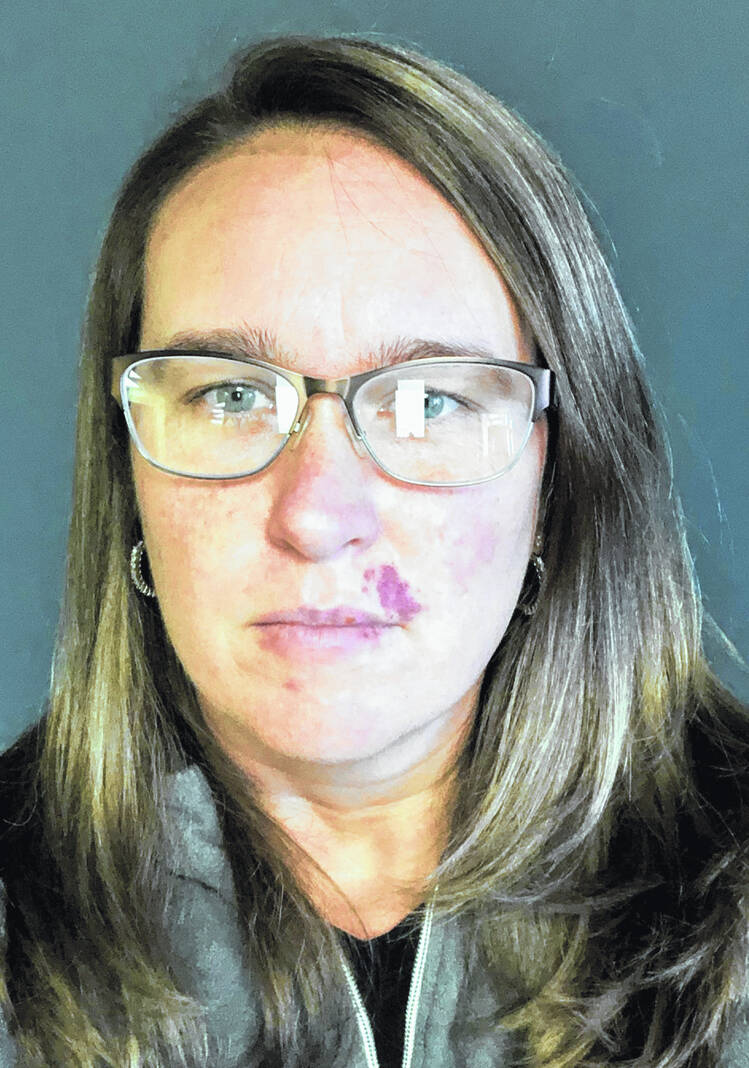
National STOP THE BLEED® Day is May 19. STOP THE BLEED® is a national awareness campaign that has been influenced by the events happening around the world over the last decade or so and is just as easy to learn as CPR.
Taking lessons from the battlefield to reduce deaths from bleeding injuries
The purpose of the STOP THE BLEED® campaign is to increase the nation’s resilience by preparing the public to save lives if people nearby are severely bleeding. Tourniquets have been widely used by the military over the years and were used in Afghanistan and Iraq wars. From there, research began to look at their use for civilians. This was being influenced by all of the mass shootings and attacks that were occurring across the county. One main mass shooting that brought this discussion to the forefront was the school shooting in Sandy Hook, Connecticut where 20 children and eight adults lost their lives in 2012. In 2014 the B-CON or Bleeding Control Course was introduced to the public. It then evolved in October 2015 with the White House induction the STOP THE BLEED® campaign.
Bystanders can help until help arrives
STOP THE BLEED® training is important because no matter how fast emergency personnel can respond, there are always bystanders at the scene that can be the first line of help for an injured person. The top cause of preventable death in a trauma is bleeding and approximately 20 percent of people who have died from traumatic injuries could have survived if someone near had been able to provide quick bleeding control. A person can bleed to death within five minutes.
The STOP THE BLEED® Courses focus on the ABCs of a bleeding event.
1. Alert: Call 911, make sure you are safe, and protect yourself with gloves if available
2. B- Bleeding- Locate the bleeding injury, identify life threatening bleeding and
3. C- Compress- Apply Pressure to stop the bleeding with a clean cloth. If a trauma first aid kit is not available, press with both hands as hard as you can. If a trauma kit is available, pack the wound with gauze and apply pressure if the wound is in the neck, shoulder or groin. If wound is on arm or leg and a tourniquet is available, place is about 2 to 3 inches above the wound and make as tight as possible, then twist until the bleeding stops and note the time applied.
Learn a lifesaving skill – take the course
A STOP THE BLEED® Course is for people interested in learning a life saving skill. The course has been taught to students, teachers and community groups. The training can be given to anyone who is old enough to understand what the course teaches. Fayette County Public Health and Fayette County Medical Reserve Core have put on several courses over the last few years at various events. Fayette County Health Care Coalition has also worked to provide the schools and first responders with trauma kits and tourniquets.
If you are a MD, DO, RN, CRNA, NP, PA, DDS, DMD, DVM, PharmD, Pharmacist, LVN, LPN, RD, RT, PT, OT, DCM, DPM Paramedic, EMT, EMR/First Responder, Sworn Law Enforcement Officer, Ski Patrol, Athletic Trainer, TCCC-MP Instructor (both actively practicing and retired Instructors are eligible to be instructors), and TECC Instructor you are eligible to teach the course. You must first attend and complete the course then apply through the www.stopthebleed.org website. This is useful for people to take the training back to their organizations and continue the training.
If you would like to host a STOP THE BLEED® Course for your community organization, please reach out the Fayette County Public Health and we will work with you to coordinate it. And for additional information please go to the www.stopthebleed.org website.
Megan Batson, BS, is the Emergency Preparedness Coordinator for Fayette County Public Health (FCPH). She coordinates planning efforts for public health emergencies, including training and exercises for FCPH staff and Fayette County Medical Reserve Corps volunteers. To learn more, visit http://faycohd.org/emergency-preparedness/.


